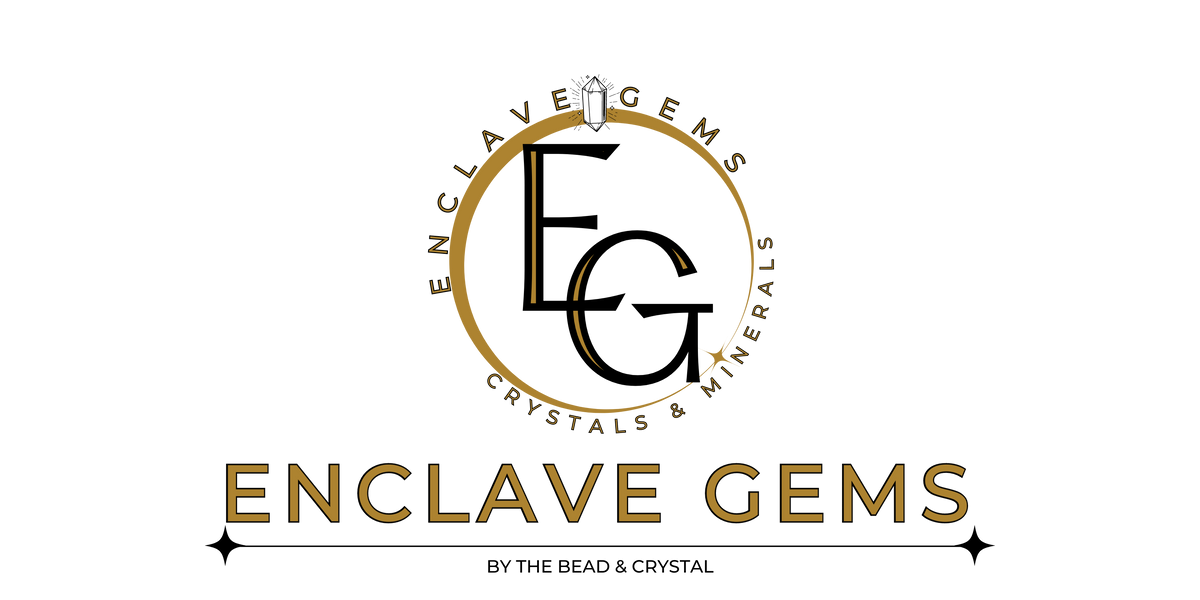Intro to Tarot Part 2

Last week, we discussed the basic components of tarot, including the major and minor arcana. This blog post will go over more symbolism within tarot, and how to begin reading for yourself and others!
Symbolism
Just like in the real world, symbolism exists within each tarot deck to help us better understand the message behind the cards. We’ve already gone over two types of symbolism in tarot, numerology, and suits, which tell us the essence and overall focus of the pull.
In addition to numbers and suits, each card in a standard deck has unique imagery that aids our understanding of the nature of the card. There are many images depicted within a Waite Tarot Deck. Some common symbols include:
Water

Sky

Archways

Animals

Scenery

Beyond picture imagery, colors are a great source of symbolism used in tarot. Here are the basics:
Black – protection, grounding, negativity,
Red – safety, security, stability,
Orange – creativity, passion, and energy
Yellow – optimism, joy, vitality
Green – prosperity, balance, healing
Pink – love, compassion, femininity
Blue – calming, communication, trust
Purple – intuition, spirituality, divinity
White – rebirth, change, renewal
These colors can also be interpreted as being associated with our chakras. Our chakra article breaks down the chakra and color association, so be sure to check it out for more info.
Beyond numerology, elements, imagery, and colors, there are countless other ways to interpret tarot symbolism. You may use astrology, cultural or religious symbols, angel/life path numbers, and reversed card. It’s up to each individual reader to decide what is important for them to include in their reading of tarot.
- Ashley
